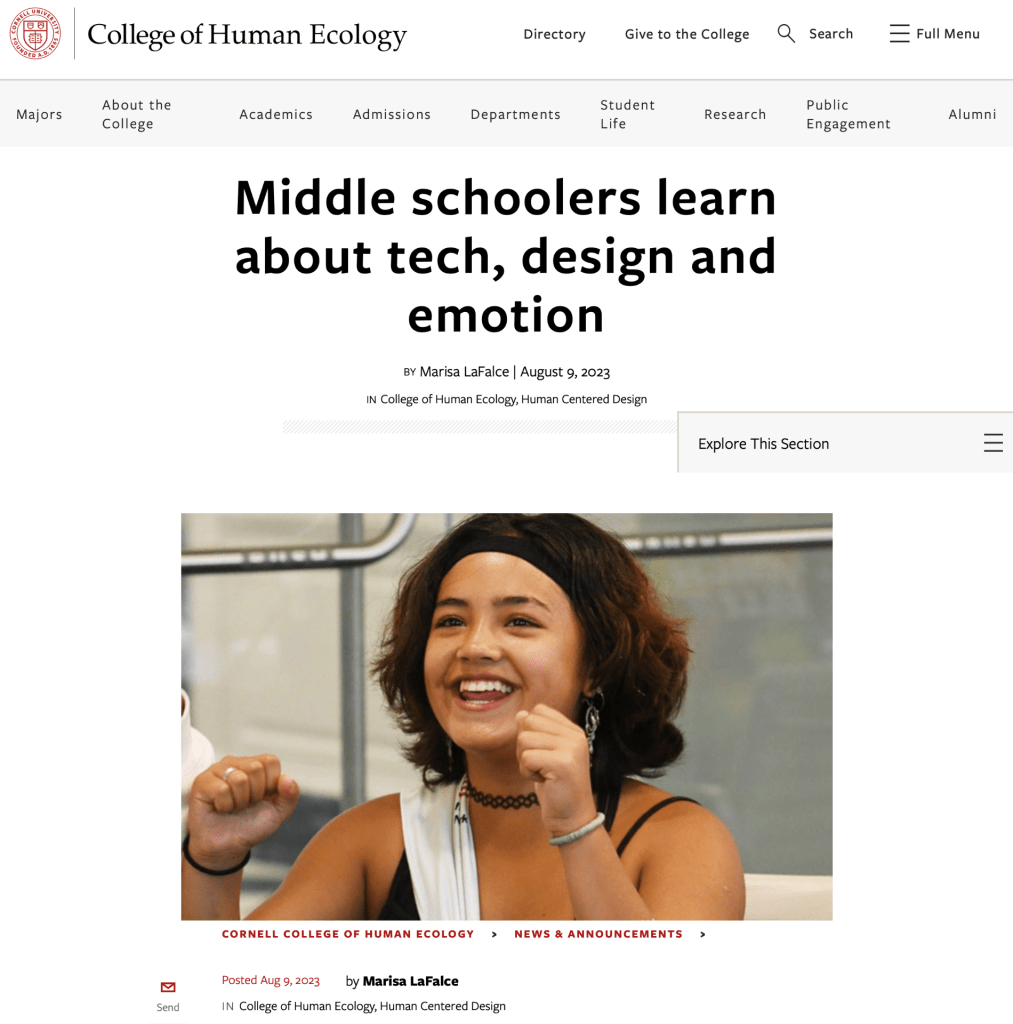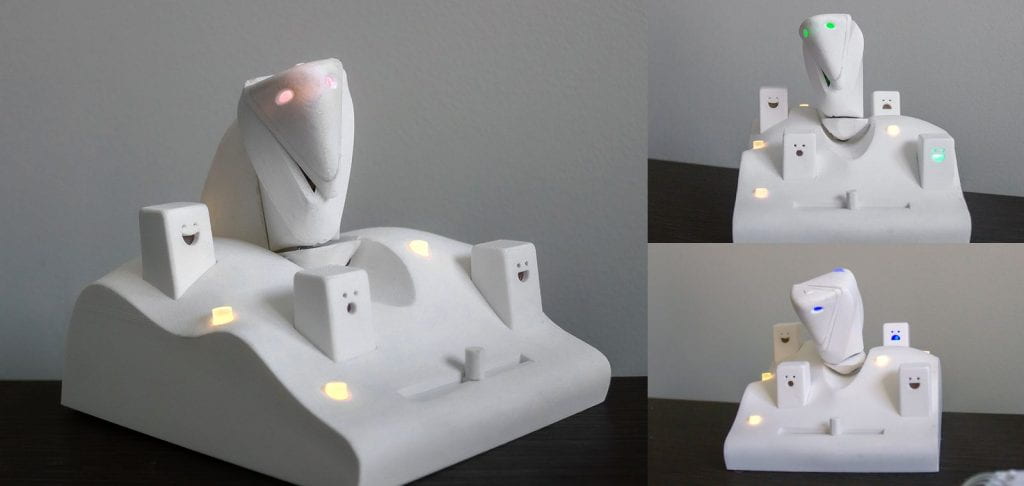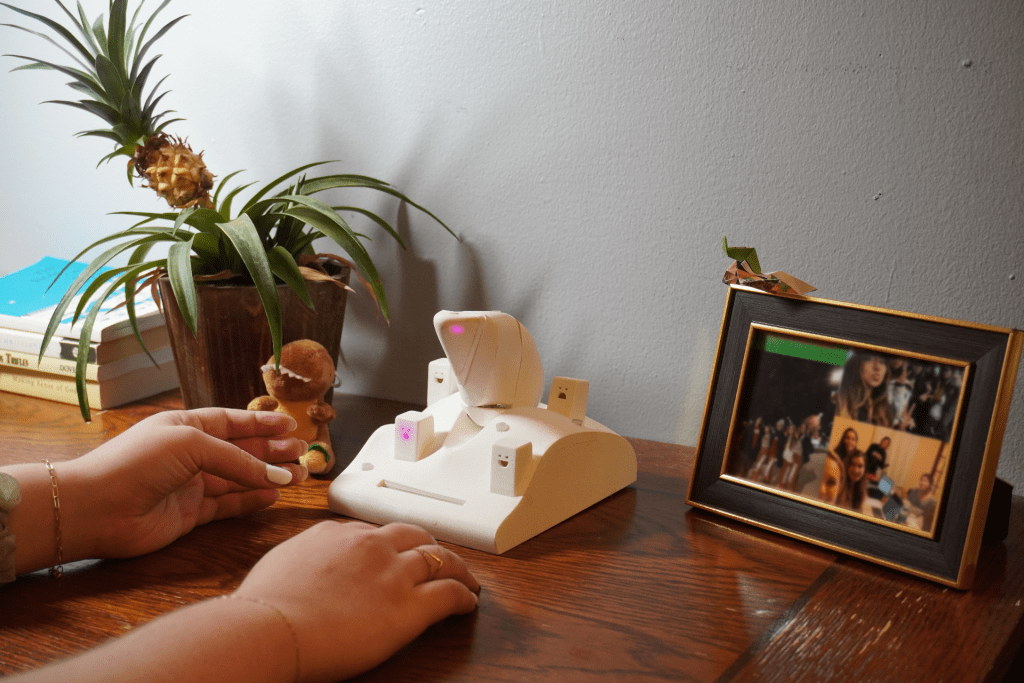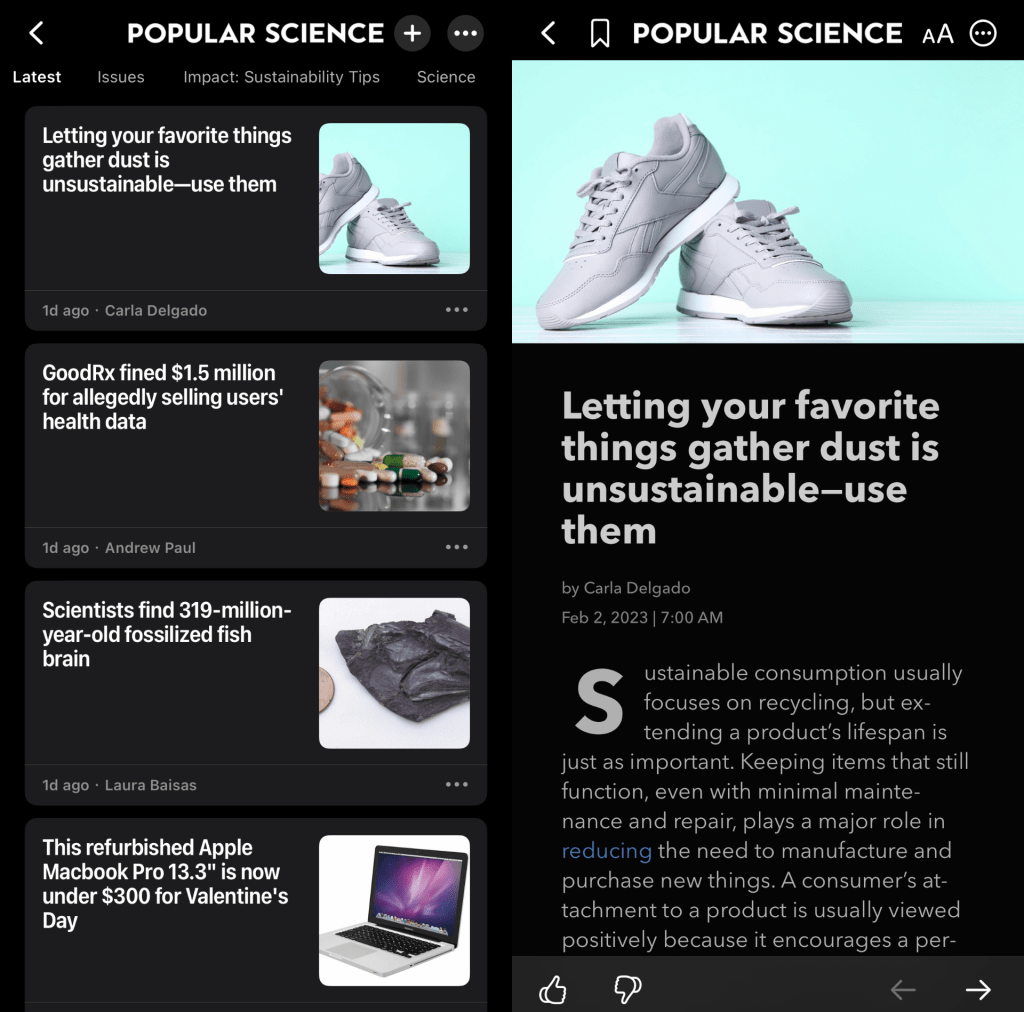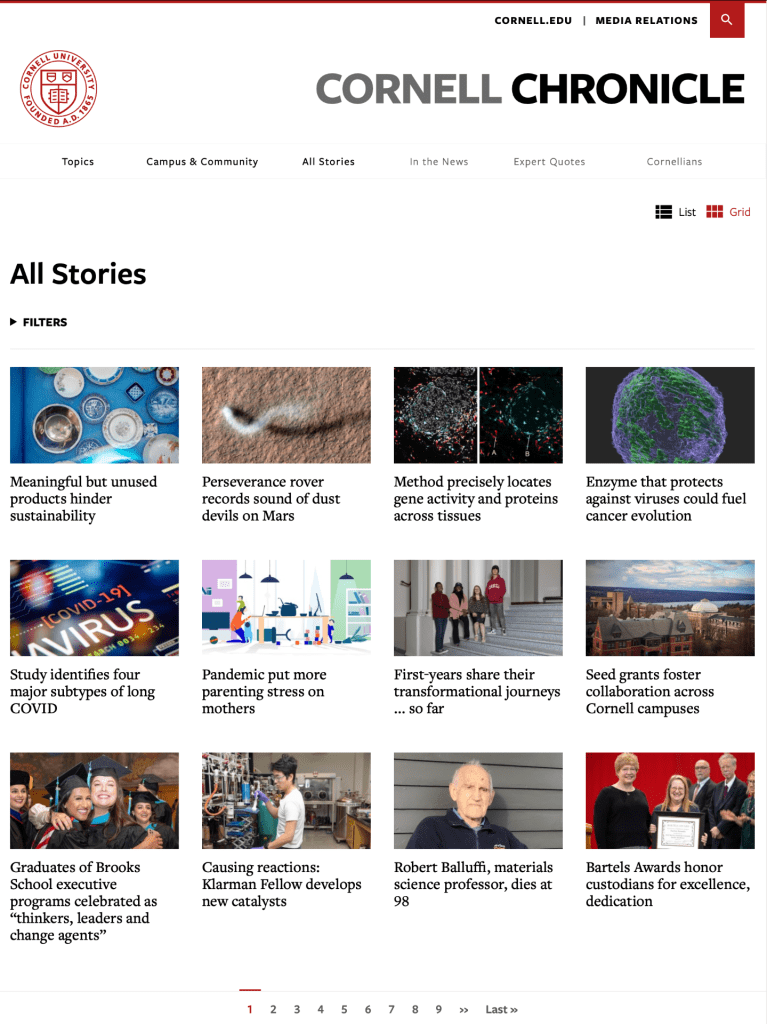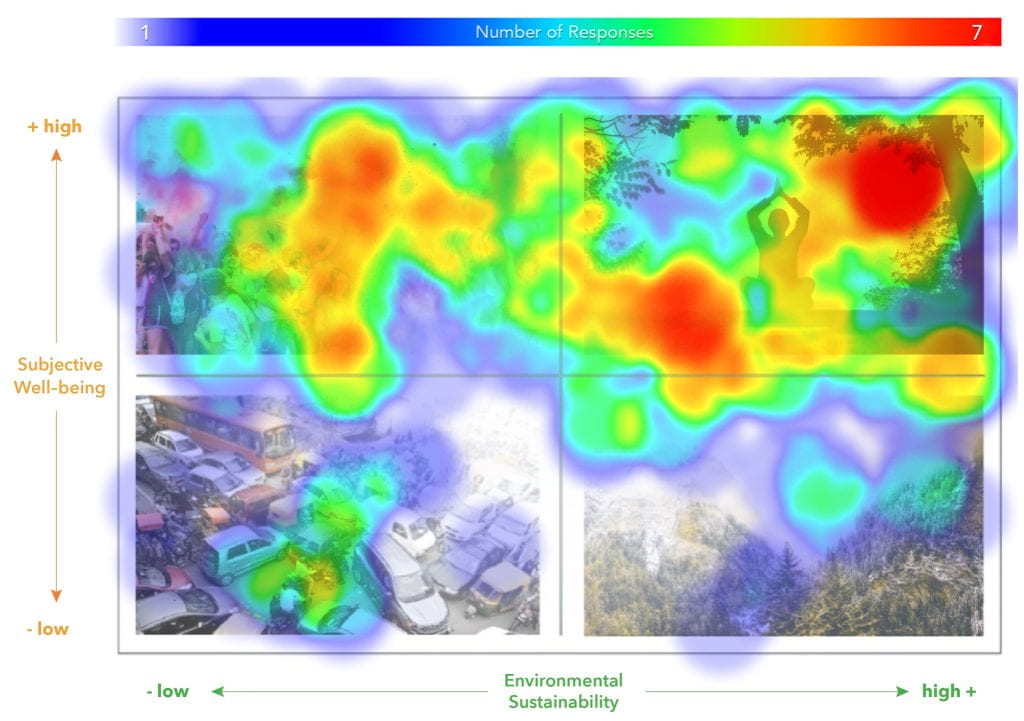
On October 30, 2023, Youngsoo Shin successfully defended his doctoral thesis entitled “Supporting users’ behavioral decision-making experiences through personalized human-technology interactions.” The thesis was advised by Dr. Jay Yoon of Human Centered Design, Dr. Wendy Ju of Cornell Tech, and Dr. Geoffrey Fisher of SC Johnson College of Business.
Dr. Youngsoo Shin recently accepted and started an assistant professorship atPace University, NY. Congratulations, Dr. Shin!
Summary
Influencing user behavior has been increasingly stated as an explicit design objective in Human-Computer Interaction (HCI) and design research. However, designers often face difficulties in their practices resulting from users’ different preferences about how they are guided to certain behaviors to perform when using computing systems (e.g., managing tasks and schedules through a calendar app and choosing movies to watch on a streaming service). In terms of people’s decision-making styles, some users—maximizers—desire to have an array of options to get the very best out of the decision, but in the same situation, other users—satisficers—tend to be pleased to settle for a good enough option. It is conceivable that this individual difference should manifest when interacting with computing systems, strongly influencing users’ experiences. However, there has been little empirical research available about if and how different decision-making styles affect users’ behavioral decision-making experiences in this technology use. To fill this gap, this doctoral dissertation aims to advance our understanding of how users’ decision-making styles affect their experiences in technology use and their implications for design. This dissertation explores how users’ behavioral decision-making experiences can be supported through computing systems, especially focusing on the concept of personalized interactions. Using Research through Design (RtD) as an overarching approach, this research develops an understanding of how users’ different decision-making styles affect their experiences in technology use and the implications of these tendencies for design (Thread 1). This research also explores how users’ behavioral decision-making experiences can be supported through design, especially at the intersection of user experience (UX) design and behavioral intervention technology (Thread 2). Further, this research develops a new approach to supporting users’ daily decision-making in technology use by conducting a series of deployment studies (Thread 3).




